What you eat has such a huge influence on your health and wellbeing, and poor diet is one of the top reasons people struggle with health problems and diseases such as diabetes, obesity, cancer, and cardiovascular disease. A healthy lifestyle doesn't have to be difficult, complicated or unattainable. Healthy eating is one of my passions, so I am here to share with you my favorite tips and tricks that I use in my daily life to keep my diet on track.
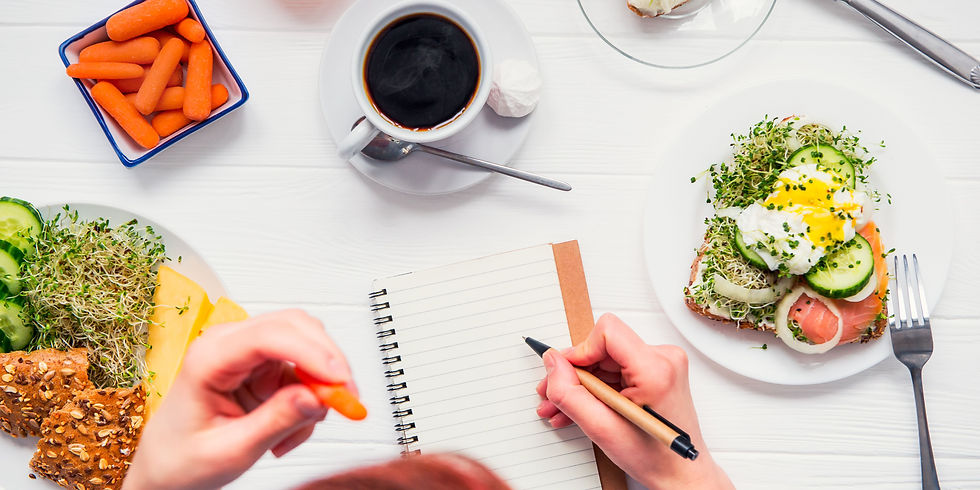
1) Plan your meals ahead of time.
If you want to eat healthy, plan for it. Decide which recipes or meals you want to make for the week ahead and make a shopping list of the ingredients. Watch a cooking show or find recipes online or in a cookbook to get meal inspiration. To make it even easier, you can create themes like fish Fridays, turkey Tuesdays, or meatless Mondays. Be creative, mix it up, and go for a healthy version of whatever you're craving. For my favorite quick, healthy and delicious recipes, click here.
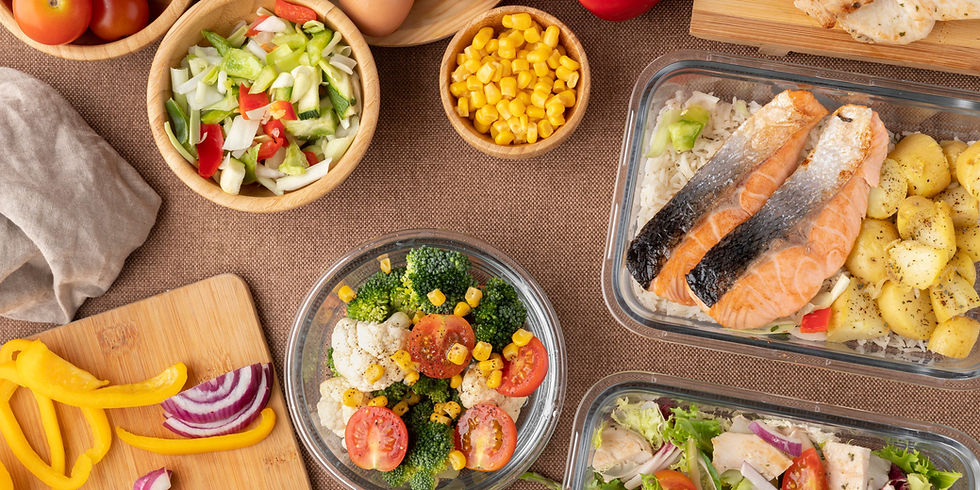
2) Pick an hour two days per week to meal prep.
Life can get super busy, and one of the most common excuses for not eating healthy is a lack of time. Simply make meal prep time a priority in your schedule by planning out an hour of your time two days per week. Take this time and make it fun, rather than a chore. Listen to music, get your family involved, talk to a friend, or dance or sing around the kitchen. Have glass meal prep containers ready to portion out your meals and store them in the fridge so you can easily grab and reheat them when it's time to eat.
3) Store your fruit and vegetables where you can see them.
How many times have you thrown away a bag of lettuce or rotten fruit or vegetables that were stuffed in the refrigerator drawer? It is so easy to forget about your produce when it's hidden away in the drawer of the fridge. I recommend storing your fruit and vegetables in the inside of your refrigerator door (using the drawers for condiments instead) or in clear bins on the shelves. Putting your veggies and fruits in a place that you see them every time you open the door will prevent waste, save money, and encourage you to actually cook and eat more veggies!
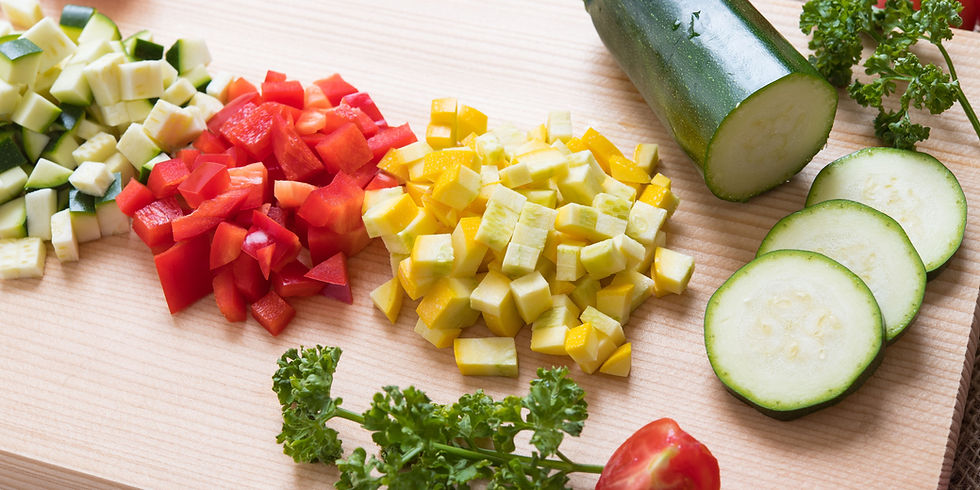
4) Cut up your vegetables before you put them in the refrigerator.
To easily add more vegetables into your diet and cut down your meal prep time, have them prepared and ready. As soon as you unload your groceries, take your vegetables out of the bags, wash them, and chop them up. I highly recommend using a vegetable chopper (especially for onions) if your knife skills aren't the greatest and/or you want to save time. Store your chopped vegetables in sealed bags or glass containers on the inside of your fridge so you can easily grab them and add to meals.
5) Label your fridge.
I know this sounds a little OCD, but it will really help you see what ingredients are available to make meals. Have separate sections of your fridge labeled by category: proteins (eggs, turkey, chicken, beef, bison, fish, etc.), vegetables (carrots, cauliflower, celery, broccoli, bell peppers, cucumber, zucchini, radishes, asparagus, kale, spinach, brussels sprouts, etc.), fruit (lemons, limes, berries, apples, etc.), condiments (low-sugar ketchup, sauerkraut, avocado oil dressings, hot sauce, mustard, coconut aminos, fish sauce), and dairy or non-dairy substitutes (cashew cream cheese, organic pasture-raised cottage cheese, organic grass-fed plain greek yogurt). This also helps avoid the question, "where is the _____?"
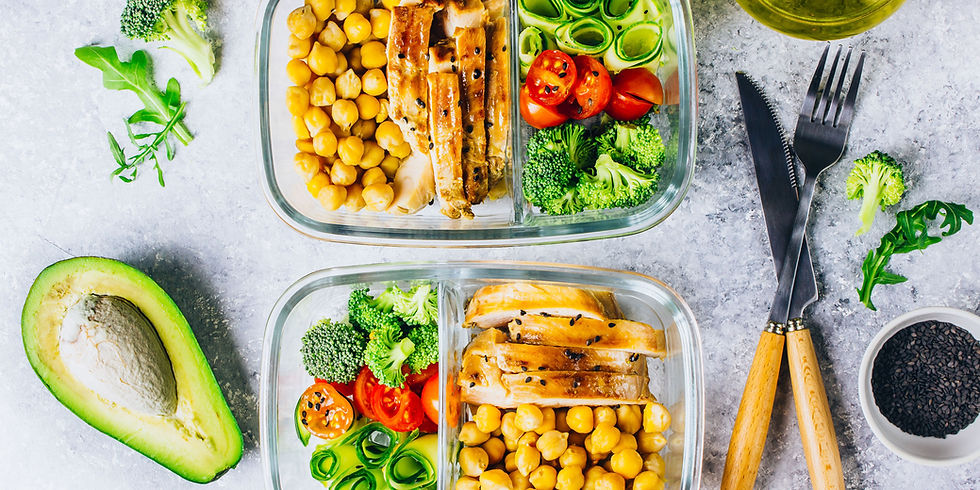
6) Don't overcomplicate your meals.
If you are a master chef, go for it, but you don't have to be a cook to make healthy and delicious meals. Stick with recipes that have a few simple ingredients. Keep your meals simple by picking a protein, vegetable and healthy carb (or substitute). Create a stirfry with all the ingredients in one pan or make a sheet-pan meal to roast all your food at one time.
Use easy cooking methods like the crockpot, instant pot, or stainless steel air fryer, where all you have to do is dump the ingredients in and press a button.
7) Stock your kitchen with healthy staples.
Have healthy ingredients readily available for you to whip up a healthy meal even when you haven't planned one. Buy organic frozen vegetables, quinoa, cauliflower rice, organic ground turkey, beef, chicken or bison, pasture-raised organic eggs, packets of wild-caught salmon, avocado mash, almond flour tortillas, organic bone broth, organic pure olive oil, ghee, sprouted pumpkin seeds, sunflower seeds, olives, sliced almonds, cashews, or walnuts, nut butters, and cartons of black beans, kidney beans and garbanzo beans. Create meals using a combination of these ingredients with your favorite seasonings for a quick one-dish meal.
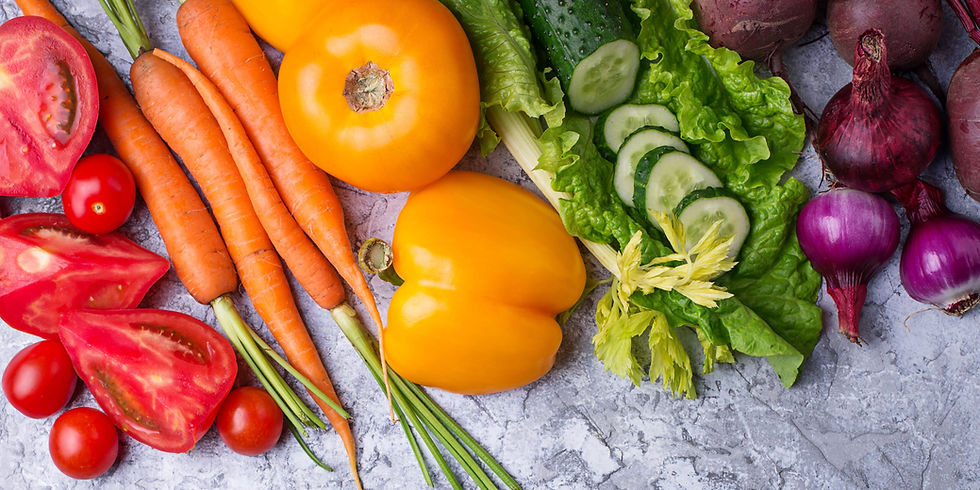
8) Eat the rainbow.
The more colors on your plate, the better variety of nutrients you will have in your diet. Try salmon with purple sweet potatoes and asparagus or eggs with tomatoes, red onions, orange and green bell peppers. Make a tray of roasted vegetables with a variety of colors. Not only is it healthier, it looks pretty too!

Comments